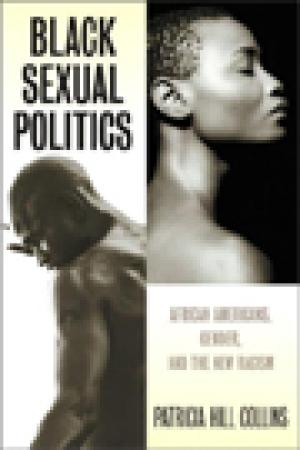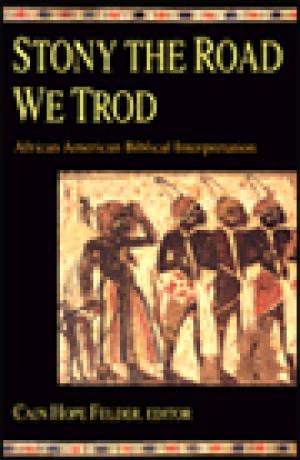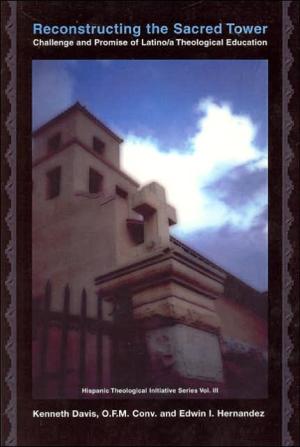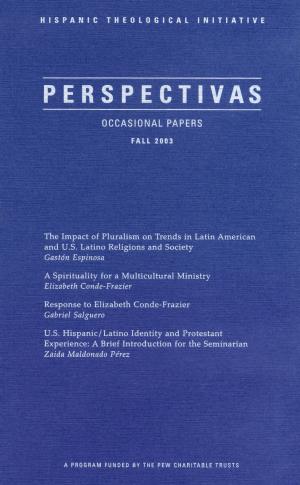Resources

In the burgeoning field of whiteness studies, What White Looks Like takes a unique approach to the subject by collecting the ideas of African-American philosophers. George Yancy has brought together a group of thinkers who address the problematic issues of whiteness as a category requiring serious analysis. What does white look like when viewed through philosophical training and African-American experience? In this volume, Robert Birt asks if whites can "live whiteness authentically." Janine Jones examines what it means to be a "goodwill white." Joy James tells of beating her "addiction" to white supremacy, while Arnold Farr writes on making whiteness visible in Western philosophy. What White Looks Like brings a badly needed critique and philosophically sophisticated perspective to central issue of contemporary society. (From the Publisher)

In Black Sexual Politics, one of America's most influential writers on race and gender explores how images of Black sexuality have been used to maintain the color line and how they threaten to spread a new brand of racism around the world today. In the tradition of her award-winning book, Black Feminist Thought, Patricia Hill Collins now turns her critical eye to race, gender, and sexuality in relation to black men and women. (From the Publisher)

Blea provides a synthesis of the women's history of Native Americans, Asians, African Americans, and Latinas, and she examines the similarities and differences among these women. From each she extracts suggestions on ways to promote racial and ethnic tolerance. (From the Publisher)

Theologians on "the margins" reflect on how their experience of ethnic and racial minority has influenced their theology and how this relates to the "American Dream." (From the Publisher)

From the Publishers What allows African American women not just to survive, but to become resilient? N. Lynne Westfield finds an answer to this question as she examines the Dear Sisters' Literary Group. As a Womanist scholar, Westfield reflects on the ways in which the hospitality of the group relates to the long-standing African American tradition of concealed gatherings, the Christian tradition of hospitality, and Christian education.

The long-awaited reprint of one of SPD's most popular titleS, this book features a new foreword by Gloria E. Anzaldua, as well as an updated bibliography. It also includes the original 1981 foreword (Toni Cade Bambara), the original preface (Cherrie L. Moraga) and the original introduction (Anzaldua & Moraga). (From the Publisher)

A hallmark of American black religion is its distinctive use of the Bible in creating community, resisting oppression, and fomenting social change. What can critical biblical studies learn from the African American experience with the Bible, and vice versa? This singular volume marks the emergence of a critical mass of black biblical scholars. Combining sophisticated exegesis with special sensitivity to issues of race, class, and gender, the authors of this scholarly collection examine the nettling questions of biblical authority, blacks and African in biblical narratives, and the liberating aspects of Scripture. Together they are reshaping and redefining the questions, concerns, and scholarship that determine how the Bible is appropriated by church, academy, and the larger society today. (From the Publisher)

From the Publisher This book initiates a new conversation about how theological education might be re-envisioned for the twenty-first century church. The prevailing curricular structure in today’s seminaries and divinity schools was fashioned in a very different era – one that assumed the continued cultural dominance of Christianity and the continued academic dominance of the canons of Enlightenment reason. Neither assumption is viable in today’s post-Christian world; hence, our new circumstances demand a new vision for theological education. The authors of this volume offer an important resource for this project through their creative appropriation of the classical rhetoric tradition, particularly as it has been rehabilitated in the contemporary context. Like St. Augustine, they believe that the chief goals of Christian theology are similar to those of classical rhetoric: “to teach, to delight, and to move.” And the authors are united their conviction that these must also be the goals of theological education in a post-Christian era. This volume arises out of a passionate commitment to the cause of theological education. The authors hail from a wide range of denominational traditions and have taught in numerous seminaries and divinity schools. They have also studied the classical and postmodern rhetorical traditions in both theory and practice. They met as a group on numerous occasions to read one another’s contributions to the volume and to offer guidance for the process of rewriting. As a result, this book is much more than a mere collection of essays; it is a jointly-authored work, and one which presents an integrated vision for the future of theological education.

The Hispanic community in the United States is growing by leaps and bounds. The most important institution in Hispanic barrios is the church. Government programs come and go, but the churches remain. So what could be more important than good Hispanic theological leadership? This book is unblinking about the problems involved. Lacking are financial and intellectual resources in otherwise excellent seminaries and other educational institutions. At the same time the book offers a vision of hope. It uses solid data to describe the willingness of many young people to get involved in religious leadership. It shows their eagerness to learn and to serve. The book concludes with a number of well examined and down to earth recommendations. (From the Publisher)

Journal Issue.